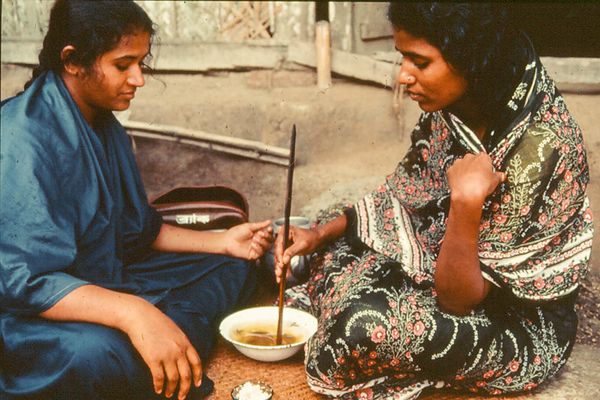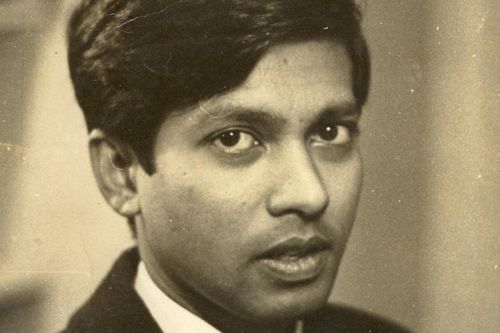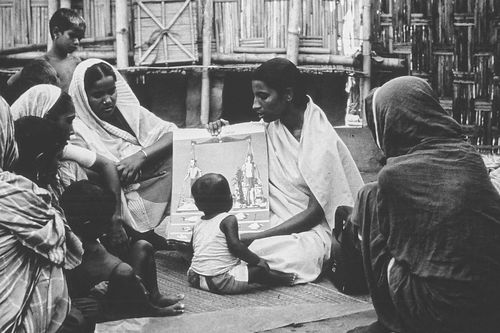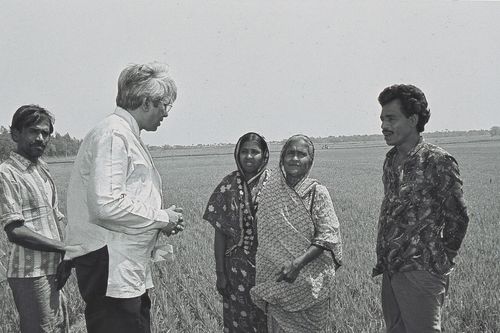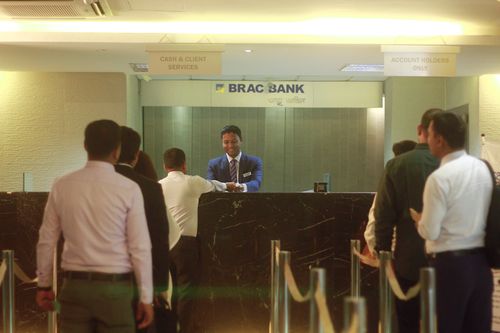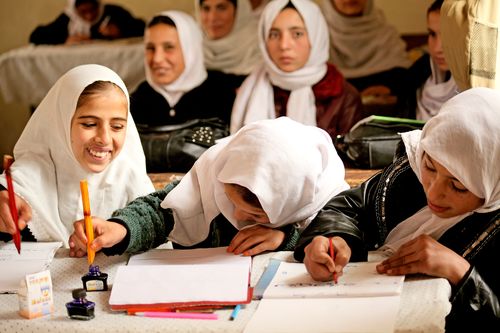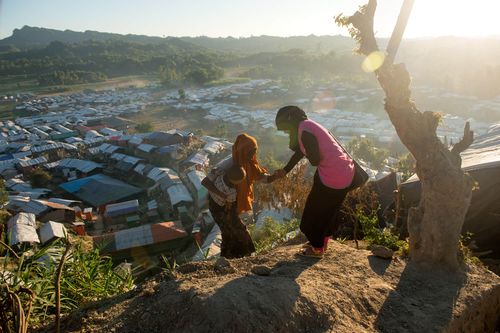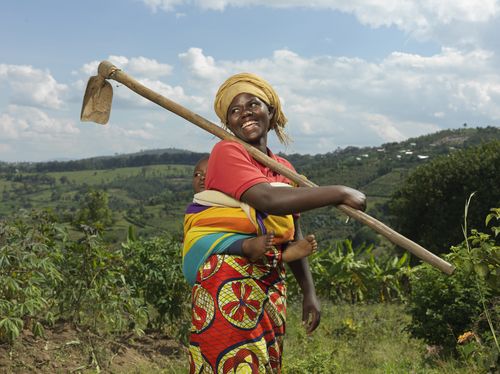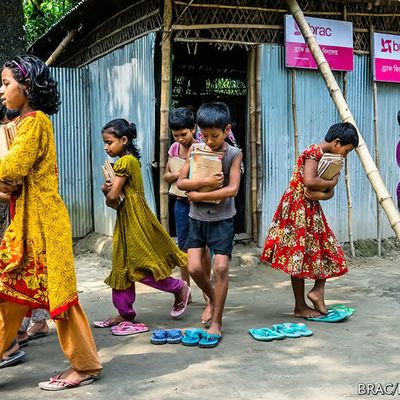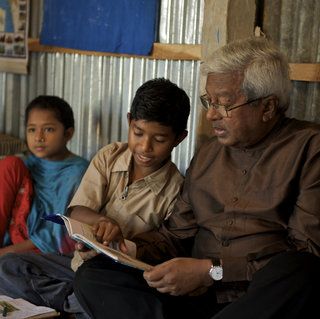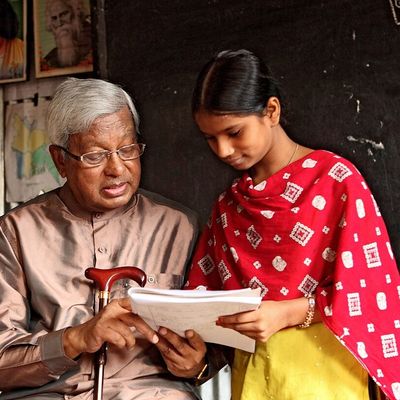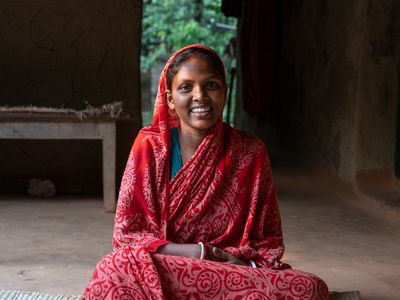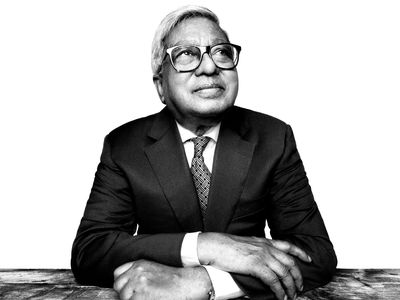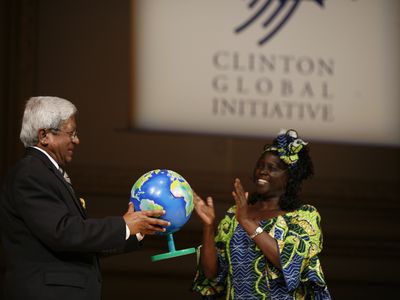1971. Bangladesh had just been born. A country of fighters, faced with enormous challenges.
Infrastructure, homes and livelihoods were destroyed, famine and disease were rampant. 70 million people crowded into destitute villages. Yet dreams of a prosperous Bangladesh burned stronger.
Among the many post-war initiatives, BRAC emerged in 1972, under the leadership of Sir Fazle Hasan Abed. Leaving his corporate career behind, he mobilized resources and international support in Europe during the Liberation War, before turning to the immense task of rebuilding a war-torn Bangladesh. BRAC began its work in Sulla, a remote area in northeastern Bangladesh, focusing on emergency relief and the rehabilitation of returning refugees.
A timeline of BRAC's history
Discover BRAC’s journey from its founding in 1972 in Bangladesh, to becoming a global leader in development, education, health, and poverty alleviation across Africa and Asia.
BRAC over the years
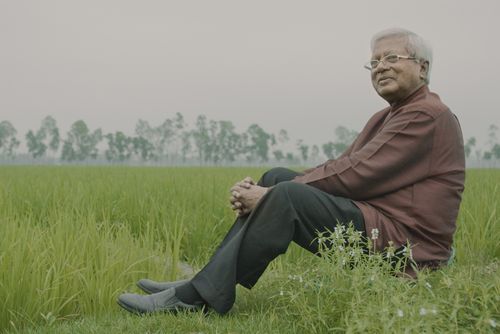
Small is beautiful. Scale is necessary.”
Sir Fazle Hasan Abed
BRAC founder
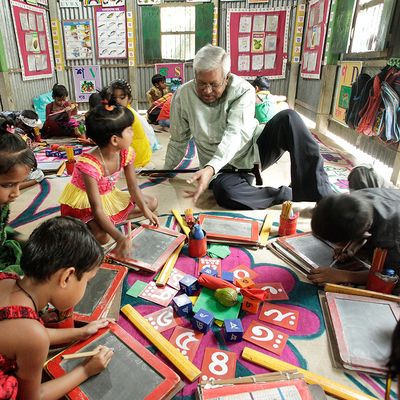
Make history with us.
Donate today to become a part of BRAC's history and make your mark on an organization with over five decades of impact.
Power people to rise above poverty
Make a gift to unmake poverty and power potential.
Donation options
Your most generous donation
Your most generous donation
